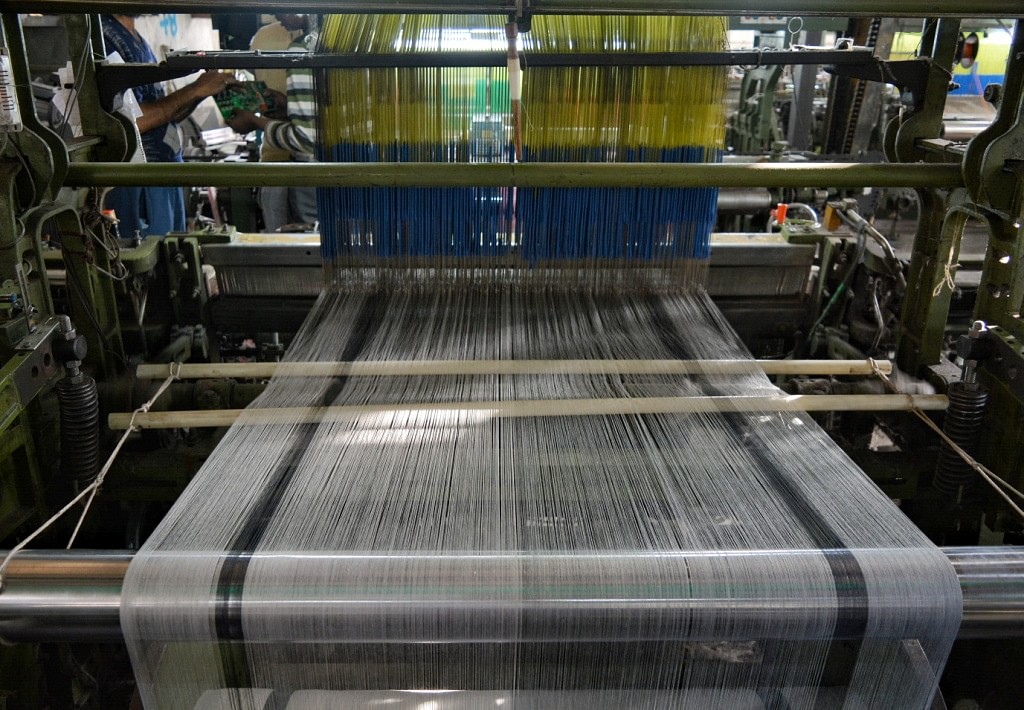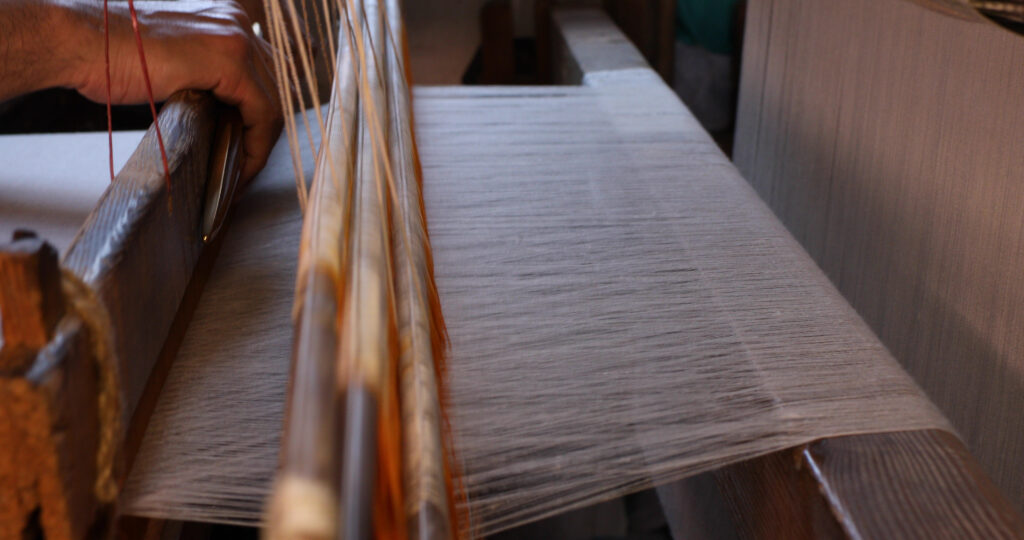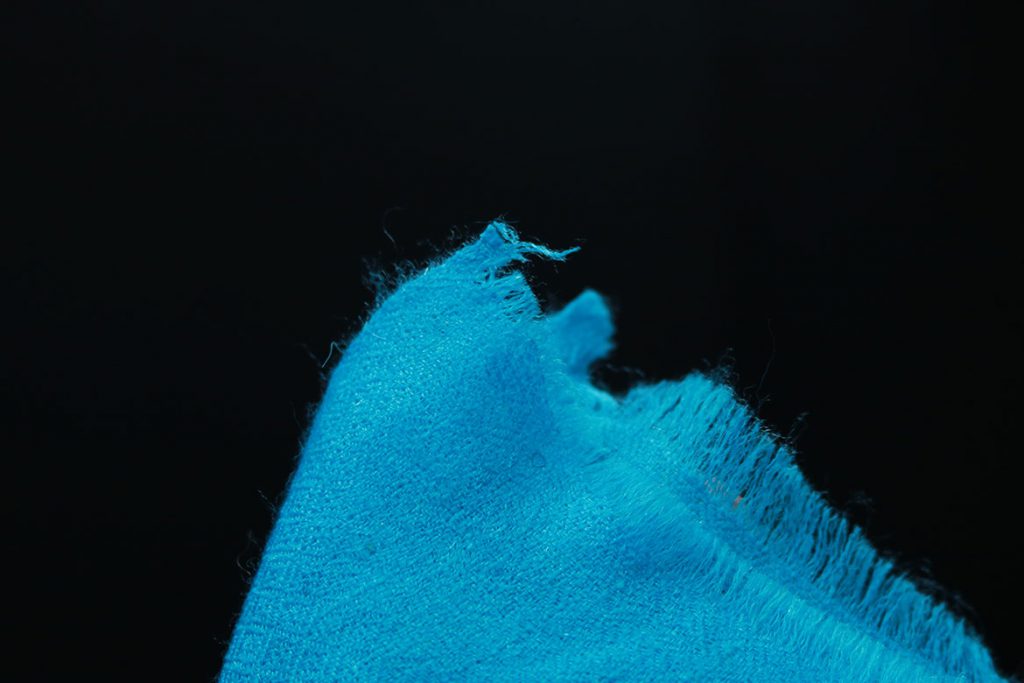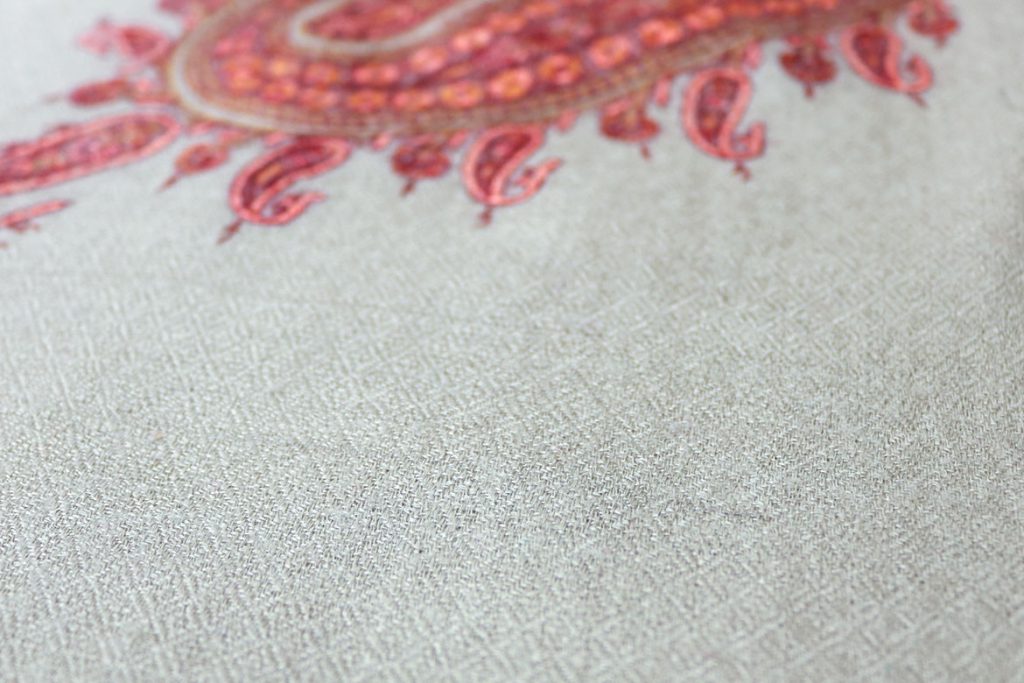The regal art of Pashmina enamored the entire world and women across the globe invested in pure Pashmina shawls. Commoners as well as affluent nobles and queens ordered Pashmina shawls from Kashmir and wore these to special events. It was Empress Josephine who ordered 400 Kani Pashmina shawls and set this variety of Pashmina shawls to a timeless fashion. At this time, Pashmina gained a heavy impetus, as Empress Josephine was considered a style icon of her times.
Soon the sales of Pashmina shawls boomed, and artisans who handcrafted Pashmina shawls became one of the richest sections of the society. These skilled individuals were invited to countries all over the world to train craftsmen there in weaving wool. Kashmiri craftsmen were the most respected people in the country and lived like kings. Just one shawl exported to Europe would earn them enough for a month and this gave them the willpower and encouragement to work efficiently and effectively for the rest of the year.
As the demand for Kashmiri Pashmina far exceeded its supply, customers had to wait for their shawl to complete. On top of that, some shawls took 4-5 years to complete. This frustrated some customers, who began looking for alternatives.
The rise of fake Pashmina
As Pashmina gained fame and recognition all over the world, its competitors put their energy into making fake Pashmina shawls. The fake copies had only one advantage over pure shawls that these were processed in minutes. As customers were tired of waiting for their ordered shawls, several fraudulent traders introduced machines to speed the process up. Pure Cashmere when passed through a machine got damaged. Since the yarn was exceptionally delicate, it could not bear the strain of the power loom and hence was cut easily.

To strengthen pure Cashmere threads, the traders mixed these with strengthening threads of silk or nylon. In such a way, the threads did pass through the machine and even transformed to a Pashmina shawl, albeit not a pure one.
As news of quick Pashmina shawls spread, customers all over the world began buying them. These were even cheaper than pure shawls, as 100% Cashmere was not used in the making. But buyers were happy to get Pashmina shawls in just a few days, and hence did not care about quality. Time passed and these fake shawls began withering with 2 or 3 washes. Some started pilling with just one use (ones adulterated with sheep wool). Some were not warm enough. Hence the shawl which was known to last for over 20 years lasted for 2 or 3 years. Customers were angry and decided to stop using Pashmina. This was because they believed that the art is now incompetent, and pointless to spend money on. Little did they know that pure Pashmina shawls have been adulterated.
Revival of Pure Pashmina
Patrons, especially locals, who knew about fraudulent practices by greedy traders soon raised their voices against them so the world could know. A few of them connected to traders who still crafted pure Pashmina, and took the responsibility of selling these themselves. But enough time had passed for people to completely switch to other alternatives like merino wool shawls or angora wraps. A very less percentage returned back to Pashmina, and local artisans, who were kings of their times, lost everything.
What is pure Pashmina?

A pure Pashmina shawl, scarf, or wrap is one that has been handmade from pure Cashmere threads acquired from the Himalayan goat. A rare species of goat is found in the Himalayas which grow special wool as a down coat. This down coat is shed by them in summers, which is collected and processed. The processing includes spinning the wool manually and then hand-weaving it over a handloom. There is no use of power looms or any mechanical assistance whatsoever. The weaving of pure shawls takes 3 to 4 days before Cashmere yarn becomes a wearable shawl or scarf. A pure Pashmina shawl is made up of 100% Cashmere threads, and there is no inference of machines or chemicals.
How do I know my Pashmina is pure?
As the world came to know that Pashmina can be pure and fake, many realised that their Pashmina shawl could also be fake. Hence, women began asking questions all over the internet and to the artisans in Kashmir about testing the originality of their shawls. A number of tests came up, which can tell if your shawl is pure Pashmina or a mix. Here are some of them
The Burn Test
Cut a fringe at the end of your shawl and burn it. How does it smell? How do the ashes look? If you get a burnt hair smell, and the ashes are powdery, the shawl is pure. This is because Cashmere is a natural fibre and smells like human hair when burnt.

The Shine Test
Post burning, this fringe should be matte. That is because pure Pashmina is not shiny. It is made from natural hair and hence carries a matte appearance. A little sheen is however possible.
The Weave Test
Hold your shawl up against natural light. How does the weave look? Is it regular and straight? Or is it irregular? If your shawl has an irregular weave, it is a pure shawl. A handmade shawl will never have straight rows and columns because humans cant weave straight like a machine.

The Rubbing Test
Choose a corner of your Pashmina shawl, and rub it against itself. If nothing happens, there is a high chance of it being pure Pashmina. But if you notice some little sparks, upon rubbing, it is a fake shawl. That is because it is synthetic and polyester fibres that produce static electricity upon rubbing. Natural fibre does not.
The Movement Test
Hold the shawl between your thumb and index finger and do a wiggling of your fingers. Does the shawl move up and down? If yes, then it is a fake one. A natural fibre shawl would not move and just caress against your fingers. If it displaces, it is a synthetic mix.
The Lab Test
If you can take your shawl to a microscopic test, get its micron count checked. If it is above 20 microns, your shawl might not be pure. It might be a Pashmina, but not a good quality Pashmina. A 12 to 16-micron count Pashmina is ideal. A more micron count does make it Pashmina, but not as warm, soft, and smooth as the finer quality shawls.
If you feel buying an original pure Pashmina shawl is extremely complicated, your worries end here. Visit Pashmina.com for the most beautiful collection of pure Pashmina shawls.